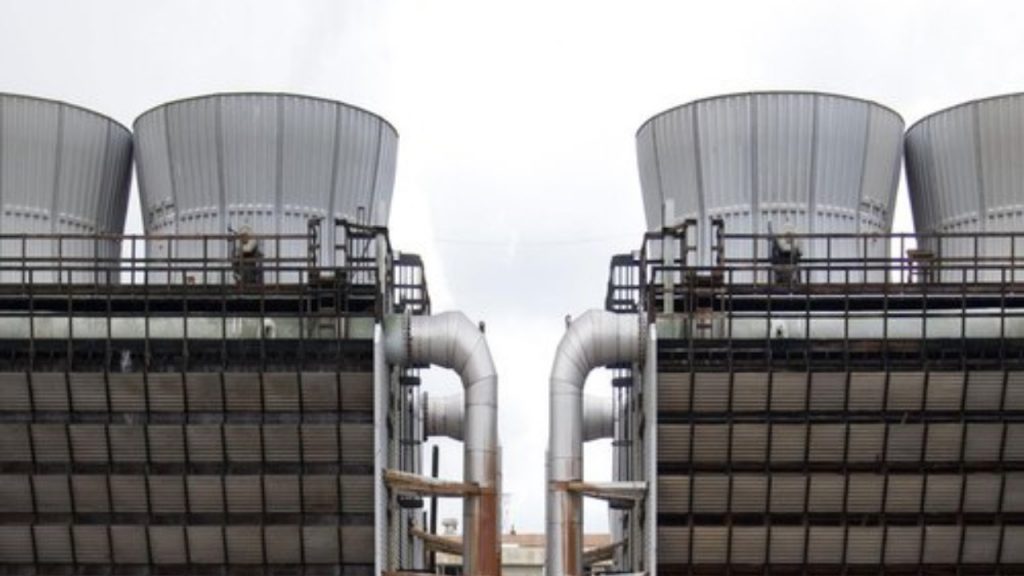Overview
The operational and safety elements of cooling towers. This is the first of a two-part series. The operating and safety features of cooling towers will be describing here. The control and optimization of these variables will be discussing in the next column. The series will be split into mainly two parts. The functioning and safety of cooling towers are mentioning in this article. The control and optimization of these processes will be discussed in the next column.
Cooling towers (CT) are water-to-air heat exchangers that we use to release waste heat from industrial processes into the atmosphere.
They range in size from small roof-top units to extremely huge hyperboloid structures. This can be as tall as 200 meters (660 feet) and 100 meters (330 feet) in diameter, or rectangular buildings that are more than 40 meters (130 feet) tall and 80 meters (260 feet) long. When they’re working properly, they keep the plants safe, but when they don’t, overheating can lead to terrible accidents. Their operational costs are the sum of water and air transportation expenses; thus, if these costs can be decrease (optimize), the plant’s running costs will be reducing significantly.
Terminology and use of cooling towers
The chimney effect, which transports outside air through the tower, is used by all cooling towers. The difference in density between the incoming colder outside air at the bottom and the air inside, which is lighter because it is warmer and more humid, determines the air movement induced by the chimney effect. The humidity of the air rises in the column. This is because water continues to evaporate as long as its temperature is higher than the air’s wet-bulb temperature. This evaporation reduces the density of the inner air and produces some water loss, which necessitates makeup. The lower-density inner air rises as the heat of the water is transmitted to the air, drawing in the fresh air at the foot of the tower.
Safety of the cooling system
As the number of components in a cooling system is reducing, its safety improves. The availability and good functioning of air and water conveyance equipment are require for the proper operation of traditional industrial cooling tower systems. The most essential element in terms of safety is the availability of the power supply to these components. Backup power supplies can increase safety, but as we’ve seen in countless accidents, backups can also fail.
A cooling system’s safety decreases as the number of components increases. Cooling systems that use cold water are the least safe in this regard. The process heat is transmitting to chill water first, then to cooling tower water, and eventually to the air. It is the least secure because it is mainly of four components, each of which could fail or lose power.
As a result, the plant’s safety will be enhancing if the process can be modify to function directly with CT water, eliminating the chiller. If the tower’s cold water isn’t cold enough, it must be transferring to a chiller for extra chilling before using it to cool the process. “Optimization of cooling systems” went over the safety and optimization controls of chilled cooling systems in great depth. A cooling system’s reliability can be improved even more by limiting the number of functioning components to just one. This is the situation with no-fan natural-draft cooling towers.
Bottom Line
As it is self-actuated and uses the always available natural energy sources of gravity and thermal expansion, the safest and most reliable cooling system is one that does not require any man-made electricity. Such a cooling system is simply a notion (it does not exist), and I detailed it in my article on nuclear safety.
Are you looking for the best water treatment industry? Then please get in touch with Jateen Trading Co. so that we can assist you in determining the most acceptable and finest water treatment option for your needs. Do you find this article interesting? Then please visit the rest of the blogs as well. We’re confident you’ll find them interesting and useful as well.


